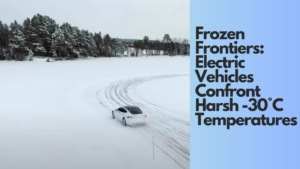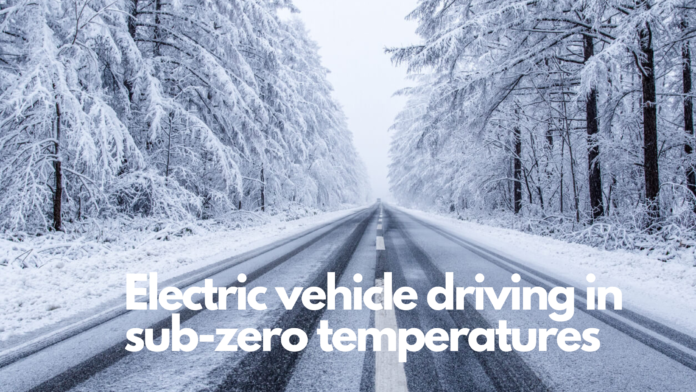How Electric Vehicles Tackle the Frozen Frontiers of Northern B.C.
As the world embraces the era of electric vehicles (EVs), a crucial question arises: Can these eco-friendly wonders withstand the bone-chilling temperatures of Northern B.C., where the mercury often plunges to -30°C?

In the vast, icy landscapes of Northern British Columbia, where winters can be both majestic and unforgiving, the resilience of electric vehicles faces a true test. While EVs have earned acclaim for their eco-conscious features and smooth rides, concerns linger about their performance in extreme cold.
The Challenges of Subzero Adventures
Operating an electric vehicle in subzero temperatures presents unique challenges. Batteries, the heart of any EV, can experience reduced efficiency and diminished range when the mercury drops. Cold temperatures slow down the electrochemical reactions within the battery, affecting its ability to discharge energy. This phenomenon, commonly known as “cold-soak,” raises questions about the practicality of EVs in regions where winter’s icy grip is unrelenting.
The Charging Conundrum
One of the key concerns in colder climates is the impact on charging infrastructure. Charging stations, particularly those in remote or frigid areas, may face challenges in maintaining optimal performance when temperatures plummet. The interaction between freezing temperatures and the intricate electronic components of charging stations could pose hurdles for electric vehicle owners seeking a reliable charge.
The EV Winter Survival Guide:How Electric Vehicles Tackle the Frozen Frontiers

Despite these challenges, electric vehicle manufacturers and enthusiasts are not backing down from the winter challenge. As technology evolves, there’s a growing focus on developing solutions to enhance EV performance in cold climates.
1.Advanced Battery Management Systems: Innovations in Battery Management Systems (BMS) aim to mitigate the effects of extreme cold on EV batteries. These intelligent systems help regulate temperature, ensuring optimal battery performance even in freezing conditions.
2.Cold-Weather Package:Some automakers offer optional cold-weather packages for their electric models. These packages often include features like battery preheating, cabin preconditioning, and thermal management systems, all designed to improve cold-weather performance.
3.Charging Infrastructure Upgrades:As the popularity of EVs rises, so does the need for robust charging infrastructure. Upgrading charging stations to withstand freezing temperatures ensures a reliable charging experience for electric vehicle owners, even in the harshest climates.
4.Driver Awareness and Preparation:Equipping EV drivers with knowledge about cold-weather driving habits and the impact on range can empower them to navigate winter challenges effectively. Simple practices like preheating the vehicle and planning routes with charging stations in mind can make a significant difference.
In Conclusion
While electric vehicles face unique challenges in extreme cold, ongoing technological advancements and a commitment to sustainability are driving solutions. As we venture into the frozen frontiers of Northern B.C., it’s evident that the journey towards an electric future involves overcoming obstacles and adapting to diverse climates.
As electric vehicle enthusiasts and manufacturers collaborate to refine EV capabilities in cold conditions, the prospect of emission-free transportation in even the coldest corners of the globe becomes an achievable reality. The frozen frontiers await, and electric vehicles are gearing up for the challenge.
